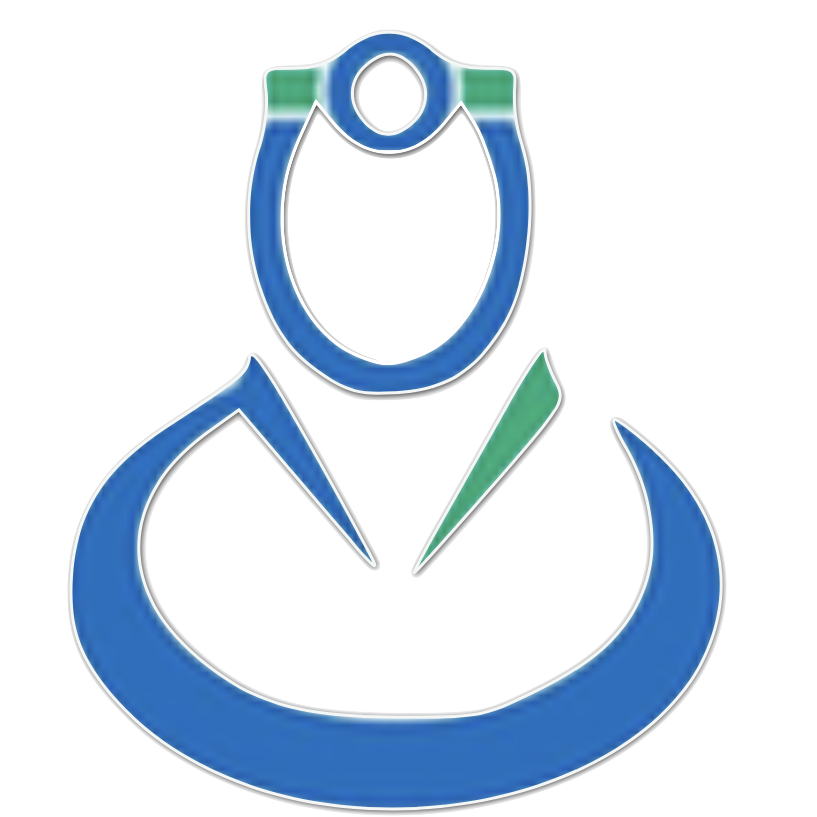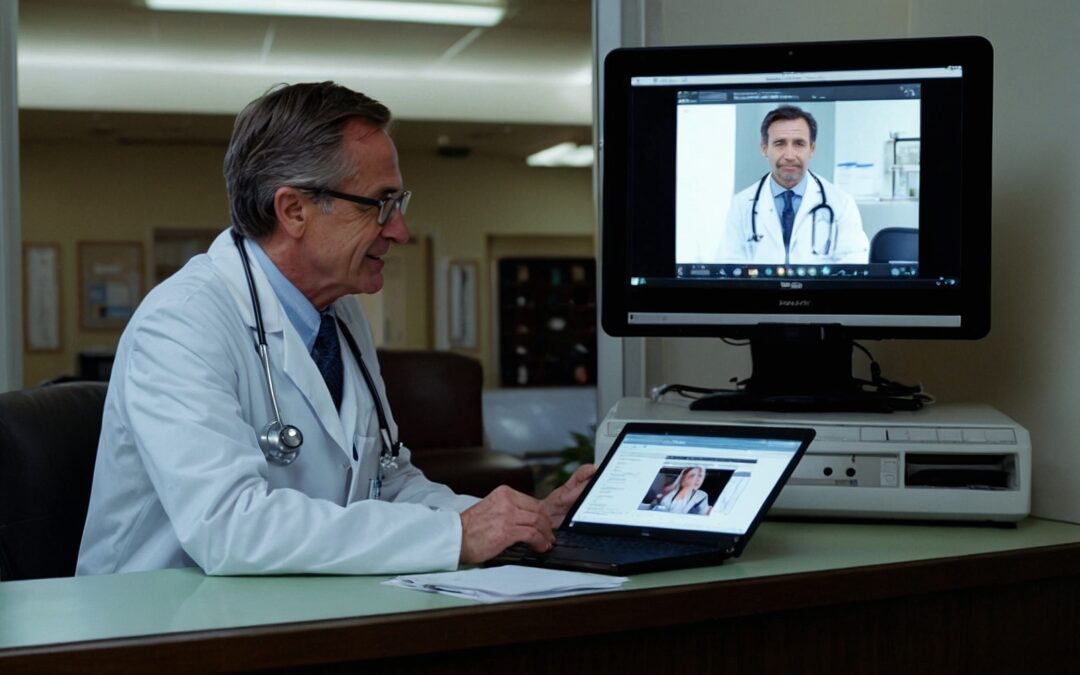Natural Language Processing (NLP) has undergone significant evolution in its application to Electronic Health Records (EHRs). NLP is a field of artificial intelligence that focuses on the interaction between computers and human language, enabling machines to understand, interpret, and generate human-like text. In the context of EHRs, NLP has been increasingly used to extract, analyze, and summarize unstructured clinical data, such as free-text notes, reports, and patient narratives.
Here’s an overview of the evolution of NLP for EHRs:
1. Early Rule-Based Systems:
– Initial NLP approaches for EHRs relied on rule-based systems, which used predefined linguistic rules and patterns to extract specific information from clinical text.
– These systems were limited in their ability to handle the complexity and variability of natural language, and required extensive manual effort to develop and maintain the rules.
– Examples include keyword matching, regular expressions, and finite-state machines.
2. Machine Learning-Based Approaches:
– With the advent of machine learning, NLP for EHRs shifted towards data-driven approaches that could learn patterns and relationships from large datasets of clinical text.
– Supervised learning techniques, such as support vector machines (SVMs) and conditional random fields (CRFs), were used to train models on annotated datasets, enabling the extraction of named entities (e.g., diseases, medications, procedures) and relations between them.
– These approaches improved the accuracy and scalability of NLP for EHRs but still required significant manual annotation efforts and domain expertise.
3. Deep Learning and Neural Networks:
– Recent advancements in deep learning have revolutionized NLP for EHRs, enabling the development of more sophisticated and generalizable models.
– Deep neural networks, such as convolutional neural networks (CNNs) and recurrent neural networks (RNNs), can learn hierarchical representations of clinical text, capturing complex semantic and syntactic relationships.
– Techniques like word embeddings and pre-trained language models (e.g., BERT, ELMo) have enabled the incorporation of domain-specific knowledge and context into NLP models, improving their performance on EHR-related tasks.
4. Contextualized and Multimodal Approaches:
– NLP for EHRs has evolved to incorporate contextual information and multimodal data sources to improve the understanding and interpretation of clinical text.
– Contextualized models, such as attention mechanisms and graph neural networks, can capture the dependencies and interactions between different parts of the EHR, such as patient demographics, clinical history, and temporal relationships.
– Multimodal approaches combine NLP with other data modalities, such as medical images, structured data, and biomedical knowledge bases, to provide a more comprehensive and accurate representation of patient information.
5. Transfer Learning and Domain Adaptation:
– NLP models trained on large-scale general-domain corpora have been adapted and fine-tuned for EHR-specific tasks, leveraging the power of transfer learning.
– Pre-trained language models, such as BioBERT and ClinicalBERT, have been developed specifically for the biomedical and clinical domains, capturing the unique terminology, grammar, and writing styles of medical text.
– These approaches have enabled the rapid development and deployment of NLP models for EHRs, reducing the need for large annotated datasets and domain-specific feature engineering.
6. Interpretability and Explainability:
– As NLP models for EHRs become more complex and opaque, there has been a growing emphasis on interpretability and explainability.
– Techniques such as attention visualization, feature importance analysis, and rule extraction have been developed to provide insights into the decision-making process of NLP models, enabling healthcare providers to understand and trust the model’s predictions and recommendations.
– Interpretable NLP models can facilitate clinical decision support, quality assurance, and regulatory compliance in the context of EHRs.
7. Real-World Applications and Deployment:
– NLP for EHRs has been increasingly integrated into real-world clinical workflows and decision support systems.
– Applications include automated coding and billing, clinical trial recruitment, adverse event detection, and patient phenotyping.
– Deployment challenges, such as data privacy, model generalizability, and integration with existing EHR systems, have been addressed through collaborative efforts between healthcare organizations, NLP researchers, and industry partners.
The evolution of NLP for EHRs has been driven by the increasing availability of large-scale clinical datasets, advancements in machine learning and deep learning techniques, and the growing recognition of the value of unstructured clinical data for improving patient care and outcomes. As NLP technologies continue to mature and become more integrated into clinical practice, they have the potential to transform the way EHRs are used for clinical decision-making, research, and quality improvement.
However, the successful implementation of NLP for EHRs requires ongoing collaboration between healthcare providers, NLP experts, and other stakeholders to ensure the development of reliable, interpretable, and ethically sound models that align with the needs and values of patients and healthcare systems. The future of NLP for EHRs lies in the continued advancement of contextually aware, multimodal, and explainable models that can seamlessly integrate with clinical workflows and support personalized, data-driven healthcare.
by Dr. Jose A. Cisneros, MD,PhD


Recent Comments